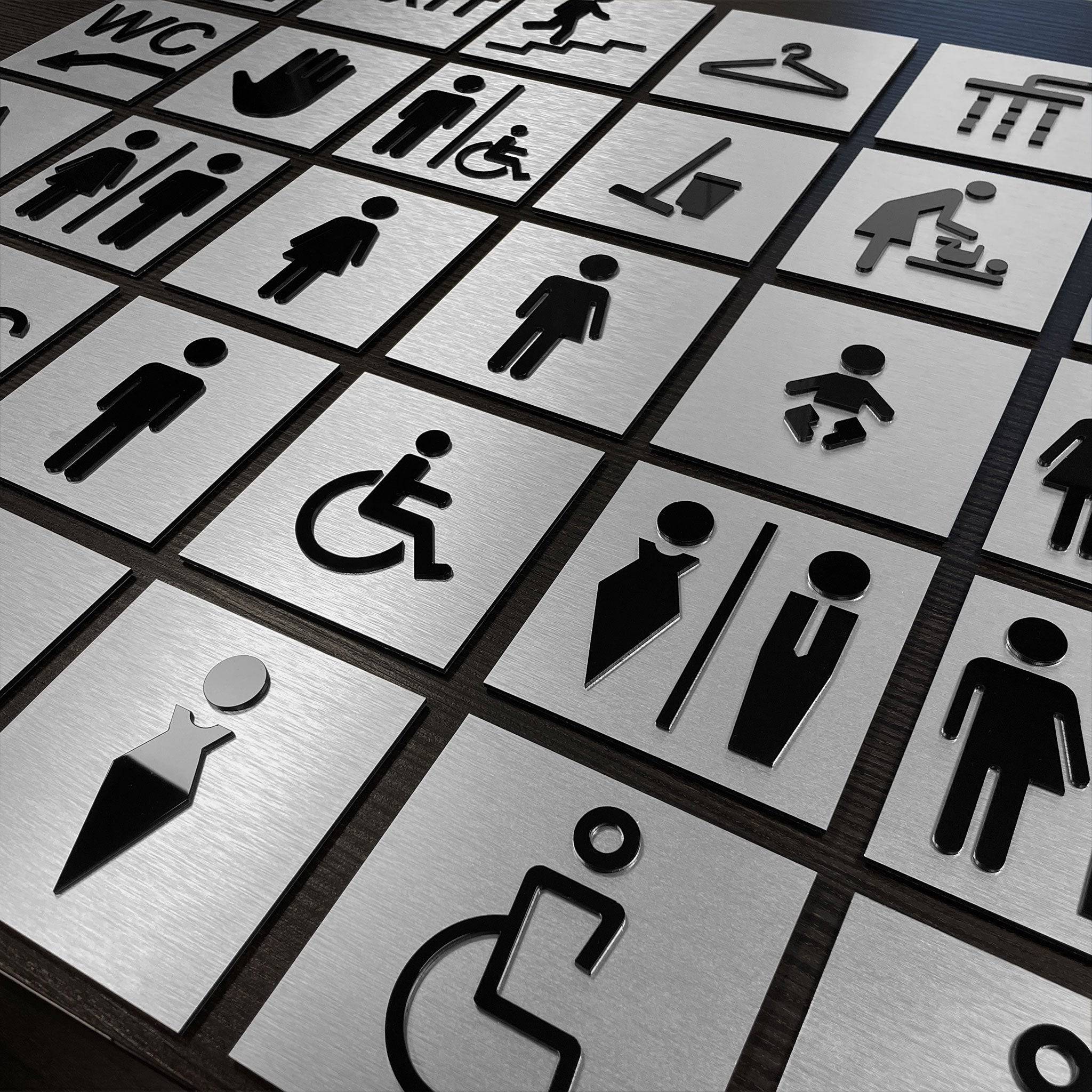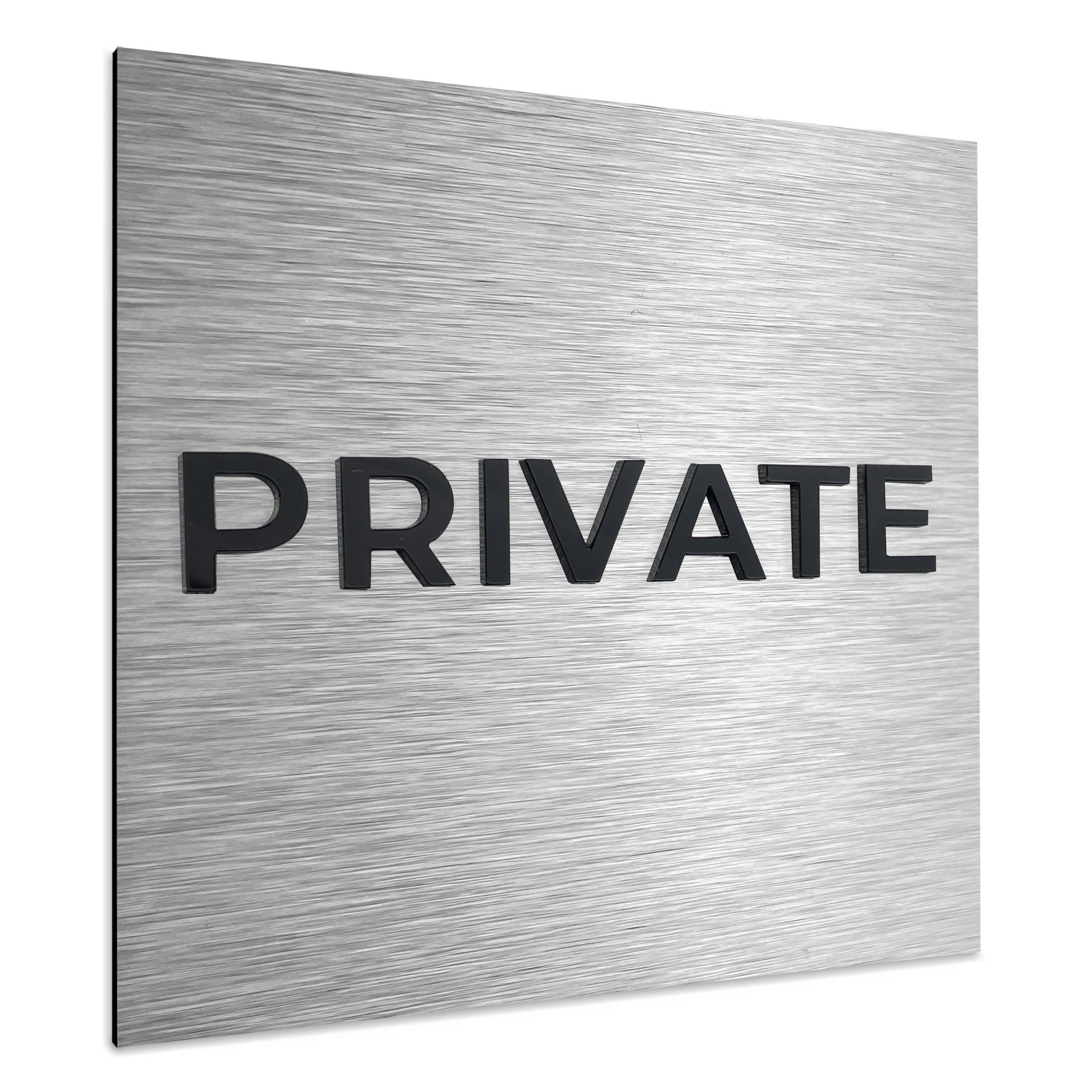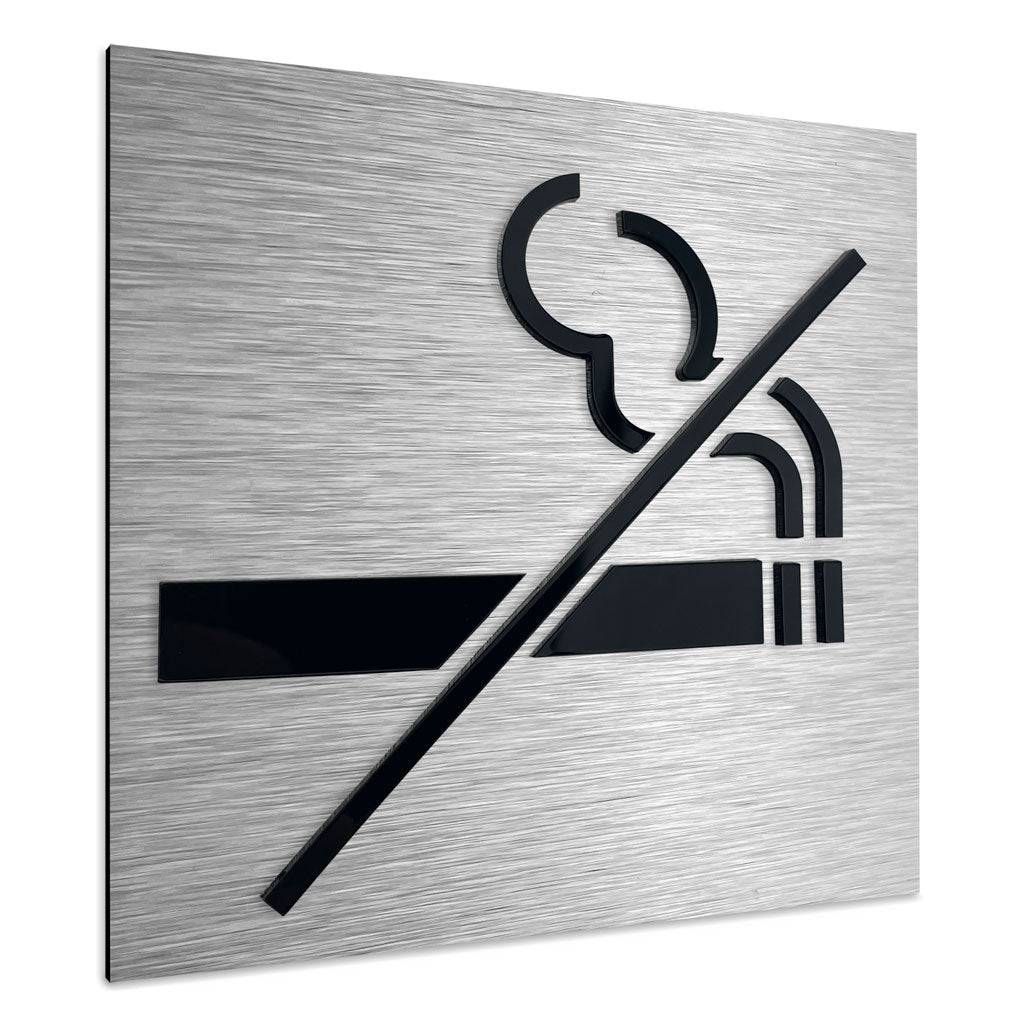PROHIBITORY SIGNS
5 Produkte
1 - 5 von 5 Produkten werden angezeigt
Prohibitory Signs: The Essential Guide to Safety and Compliance
What Are Prohibitory Signs?
Prohibitory signs are visual indicators used to forbid specific actions or behaviors in a defined area. Instantly recognizable by their red circles and diagonal slashes, these signs are a cornerstone of effective safety communication in both public and private environments.
Whether it’s “No Smoking,” “No Entry,” or “No Cell Phones,” prohibitory signs clearly communicate restrictions, helping organizations maintain order, reduce risk, and ensure compliance with safety laws.
The Role of Prohibitory Signs in Safety Management
In environments where hazards can arise from careless actions, prohibitory signs play a preventative role. Their main functions include:
-
Reducing the risk of accidents by limiting unsafe behavior
-
Ensuring legal compliance with workplace safety regulations
-
Promoting a safety culture where everyone knows the rules
-
Protecting property and sensitive areas from unauthorized access
When used consistently, these signs build awareness and contribute to a safer, more efficient environment.
Common Types of Prohibitory Signs
You’ll encounter prohibitory signs in virtually every setting. Some of the most widely used include:
| Sign Message | Common Locations |
|---|---|
| No Smoking | Offices, Hospitals, Airports |
| No Entry | Construction Sites, Warehouses, Restricted Areas |
| No Parking | Commercial Zones, Loading Bays |
| No Photography | Museums, Secure Facilities |
| No Cell Phones | Medical Clinics, Testing Centers |
| No Food or Drink | Labs, Libraries, Workspaces |
Each of these signs uses standard symbols to make the message immediately understandable—even without text.
Universal Symbols Used in Prohibitory Signs
Prohibitory signage follows a global visual language:
-
Red Circle: Universally recognized as a command to stop or not do something
-
Diagonal Slash: Reinforces the prohibition
-
Black Pictogram: Shows the exact behavior that is restricted
-
White Background: Improves contrast and visibility
This standard format ensures cross-cultural readability, reducing language barriers and improving compliance.









